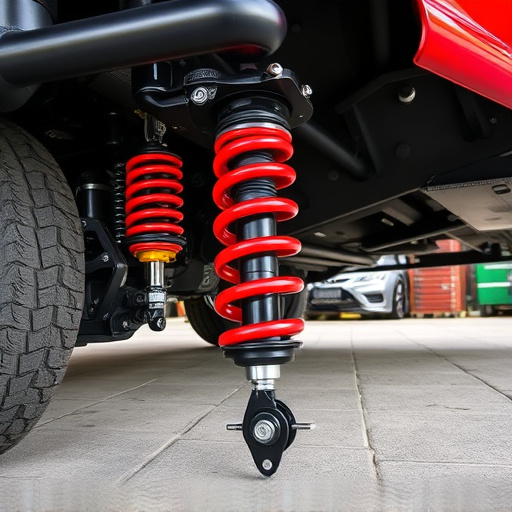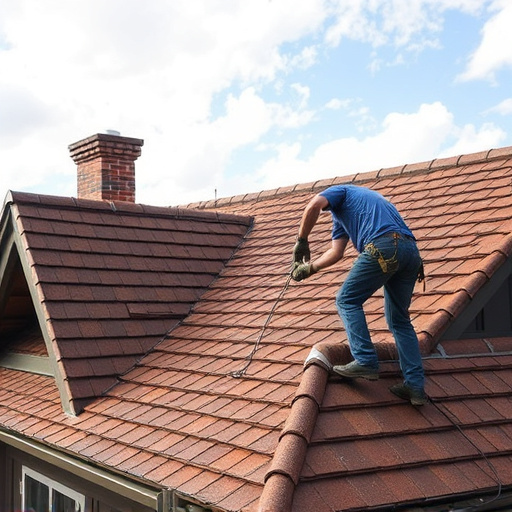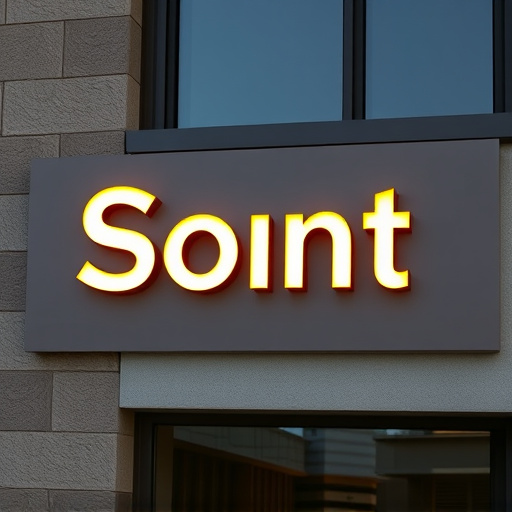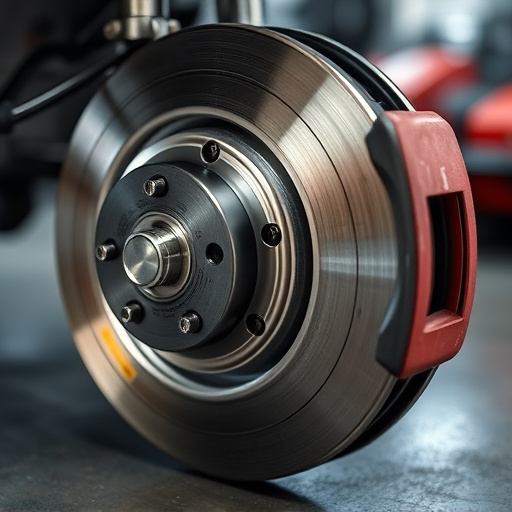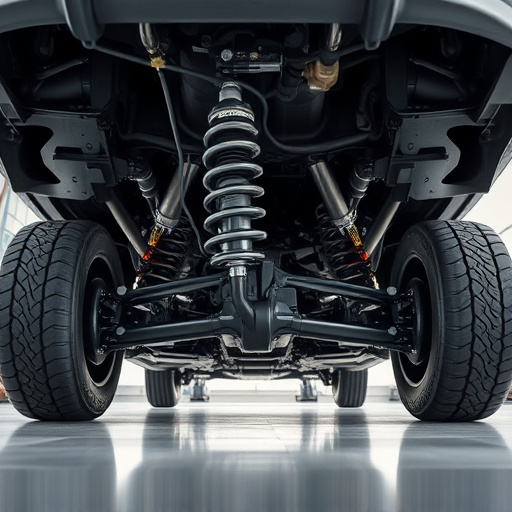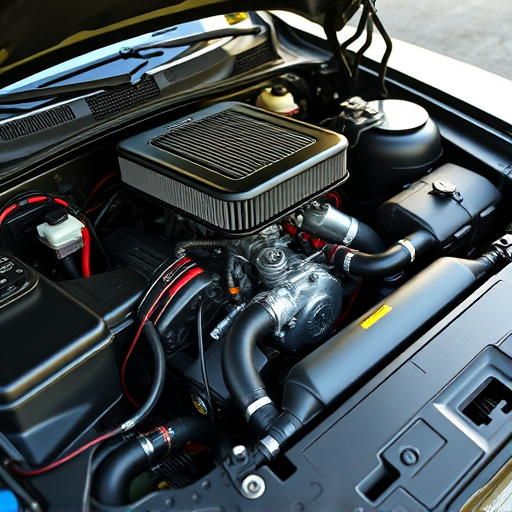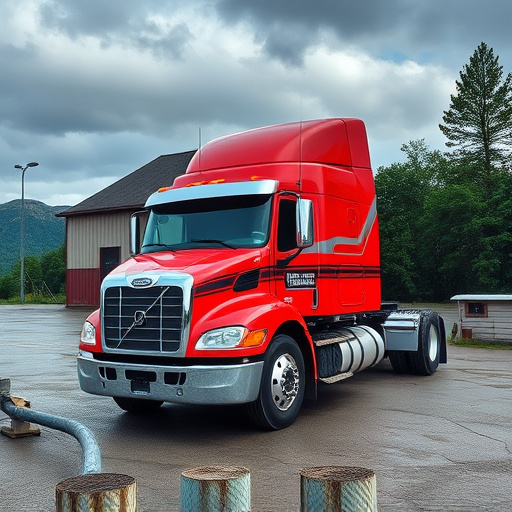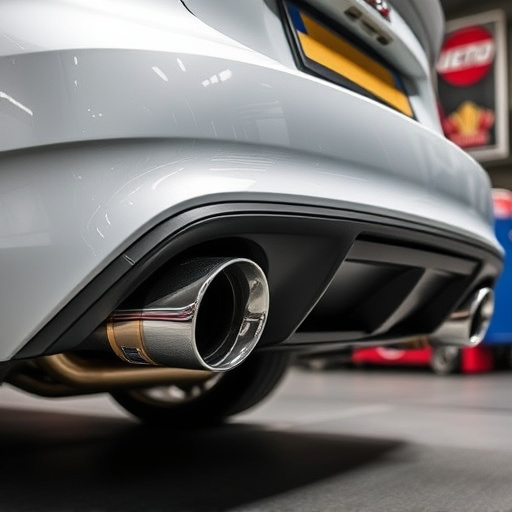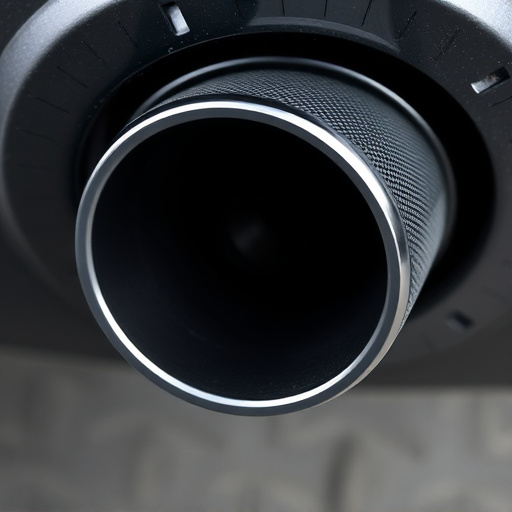The turbo wastegate is a critical component for turbocharged vehicles, managing exhaust gas flow and regulating boost pressure to ensure optimal engine performance. Malfunctioning can lead to reduced power, torque issues, and stalling. Proper tuning of the Engine Control Unit (ECU) and boost controller through specialized software is essential to match modified intake systems, exhausts, and air filters, resulting in enhanced throttle response, top-end power, and improved drivability.
A poorly functioning turbo wastegate can significantly impact your vehicle’s engine performance. This critical component, responsible for controlling exhaust flow in turbocharged engines, ensures efficient power output and fuel economy. If it malfunctions, expect decreased boost pressure, reduced horsepower, and potential drivability issues. This article delves into the intricacies of turbo wastegate functionality, explores the effects of malfunction, and offers effective tuning solutions through ECU (Engine Control Unit) and boost controller adjustments for optimal performance.
- Understanding Turbo Wastegate Functionality
- Impact of Malfunction on Engine Performance
- Tuning Solutions: ECU and Boost Controller Adjustments
Understanding Turbo Wastegate Functionality
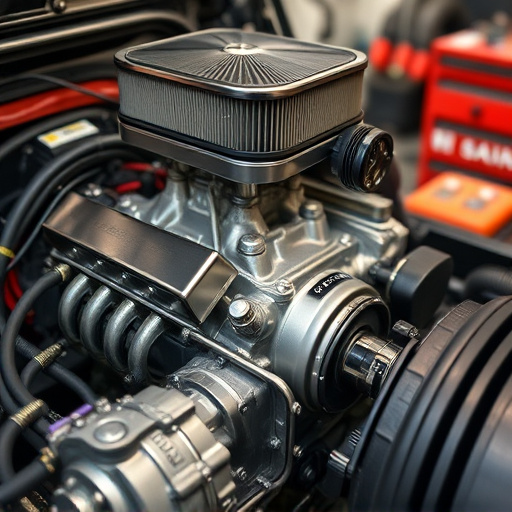
The turbo wastegate is a vital component in turbocharged vehicles, playing a crucial role in engine performance and efficiency. Its primary functionality is to control the flow of exhaust gases from the turbine side of the turbocharger back into the exhaust system. By doing so, it allows for precise regulation of boost pressure, which is the force generated by the turbocharger to increase engine power. This control is essential as it prevents excessive build-up of exhaust gas pressure behind the turbine, ensuring optimal engine operation and preventing potential damage.
Understanding how the wastegate operates is key when considering modifications like upgrading exhaust mufflers or even installing suspension kits. The wastegate responds to engine vacuum and actuates to open or close a valve, allowing for regulated exhaust flow. When the turbocharger spins at high speeds, the wastegate closes tightly to maintain boost pressure. Conversely, under certain conditions, such as during deceleration, the wastegate opens to release built-up pressure, reducing boost level. This dynamic interaction between the engine, turbocharger, and wastegate is what allows for fine-tuning of the vehicle’s performance characteristics, including improved throttle response and top-end power.
Impact of Malfunction on Engine Performance
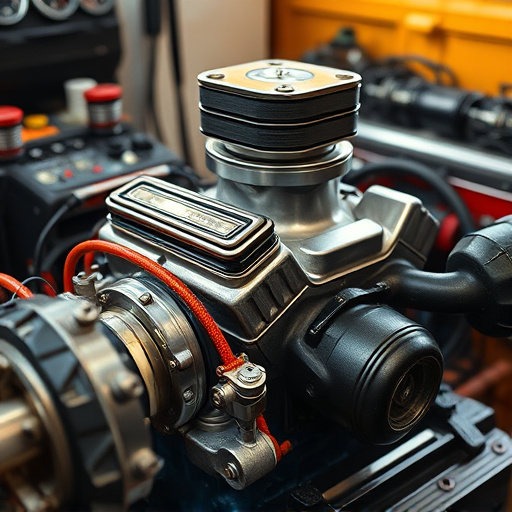
When a turbo wastegate malfunctions, it can significantly impact engine performance and overall vehicle dynamics. The turbo wastegate is responsible for controlling the exhaust flow from the turbine side of the turbocharger, ensuring that excess pressure is released to maintain optimal operating conditions. A faulty wastegate can lead to reduced engine power, lower torque output, and even stalling. This is because it fails to regulate boost pressure correctly, causing the engine to receive inadequate or excessive fuel-air mixture, resulting in inefficient combustion.
Such malfunctions are particularly concerning for vehicle owners who have modified their cars with high-performance parts, such as muffler tips or suspension kits designed to enhance performance. In these cases, a malfunctioning turbo wastegate can undermine the benefits of these upgrades, negatively affecting acceleration, top speed, and overall drivability. Prompt diagnosis and repair are crucial to avoid further damage to the engine and ensure the vehicle continues to deliver the desired level of performance.
Tuning Solutions: ECU and Boost Controller Adjustments
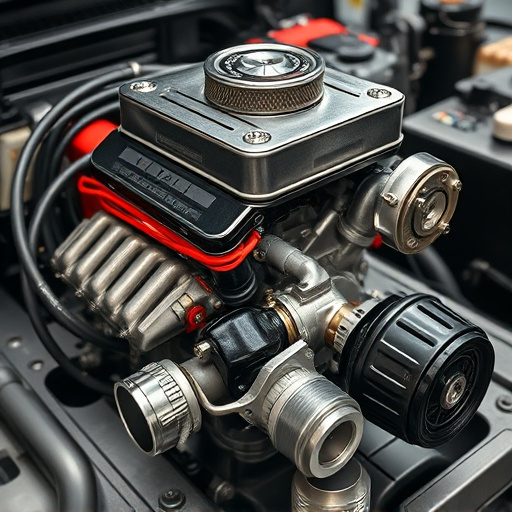
When it comes to tuning a vehicle with a turbo wastegate, the heart of the system lies in the ECU (Engine Control Unit) and boost controller. These components play a pivotal role in optimizing performance by precisely managing fuel injection, ignition timing, and air/fuel mixture delivery. For example, adjustments can be made to the boost pressure curve, allowing for more controlled and efficient power delivery, especially during turbo spool-up.
Through specialized tuning software, these systems can be calibrated to accommodate the specific characteristics of a vehicle’s modified air intake systems, performance exhaust, and high-flow performance air filters. This ensures that the engine receives the optimal amount of boost pressure at various RPMs, resulting in improved throttle response and top-end power. The goal is to find the sweet spot where the turbo wastegate functions seamlessly, enhancing both drivability and horsepower output.
A malfunctioning turbo wastegate can significantly impact engine performance, leading to reduced power output and efficiency. To mitigate these issues, tuning solutions focusing on ECU (Engine Control Unit) adjustments or boost controller modifications are essential. These strategies ensure optimal air-fuel mixture delivery and boost management, enhancing overall engine functionality and addressing the challenges posed by a faulty turbo wastegate.




